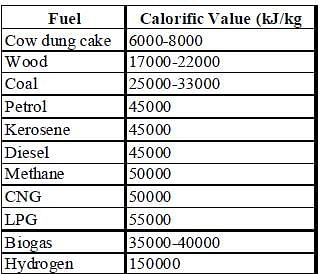SSC CGL Previous Year Questions: General Science - 1 - SSC CGL MCQ
20 Questions MCQ Test SSC CGL Previous Year Papers - SSC CGL Previous Year Questions: General Science - 1
What is the popular name of ‘Ascorbic Acid’? (SSC CGL 2018)
The explosion of crackers is an example of ___. (SSC CGL 2018)
Which of the following is a vestigial organ? (SSC CGL 2018)
What is the dominant chemical present in vinegar? (SSC CGL 2018)
In which part of the body is blood produced? (SSC CGL 2018)
Identify the part of brain that controls the maintenance of posture,balance and equilibrium. (SSC CGL 2018)
Wind turbines convert __________ energy into mechanical power. (SSC CGL 2018)
The High Yielding Varieties (HYVs) of wheat were first developed in ______. (SSC CHSL 2018)
Which of the following fuels has calorific value equal to petrol? (SSC CHSL 2018)
In which of the following organs of human body are carbohydrates stored as glycogen? (SSC CHSL 2018)
Under the Sustainable Alternative Towards Affordable Transportation (SATAT) scheme, ______ is being promoted as an alternative transport fuel. (SSC CHSL 2018)
Which of the following is NOT a valve of the Heart? (SSC CHSL 2018)
______ are called suicidal bags of the cell. (SSC Sub. Ins. 2018)
Which of the following is the universal recipient blood group? (SSC Sub. Ins. 2018)
Enzymes are_________that act as catalysts within the living cells. (SSC Sub. Ins. 2018)
Which element is used to make the coils used in water heaters? (SSC Sub. Ins. 2018)
A January 2019 study by the scientists from National Chemical Laboratory, Pune suggested measuring levels of free albumin and albumin attached to glucose molecules in the blood as a diagnostic test for_______. (SSC Sub. Ins. 2018)
In humans, fertilisation usually takes place in the_______. (SSC Sub. Ins. 2018)
The ________in the human body controls every activity that you perform. (SSC Sub. Ins. 2018)
The Tyndal Effect is due to: (SSC Sub. Ins. 2018)
|
316 docs|268 tests
|






















